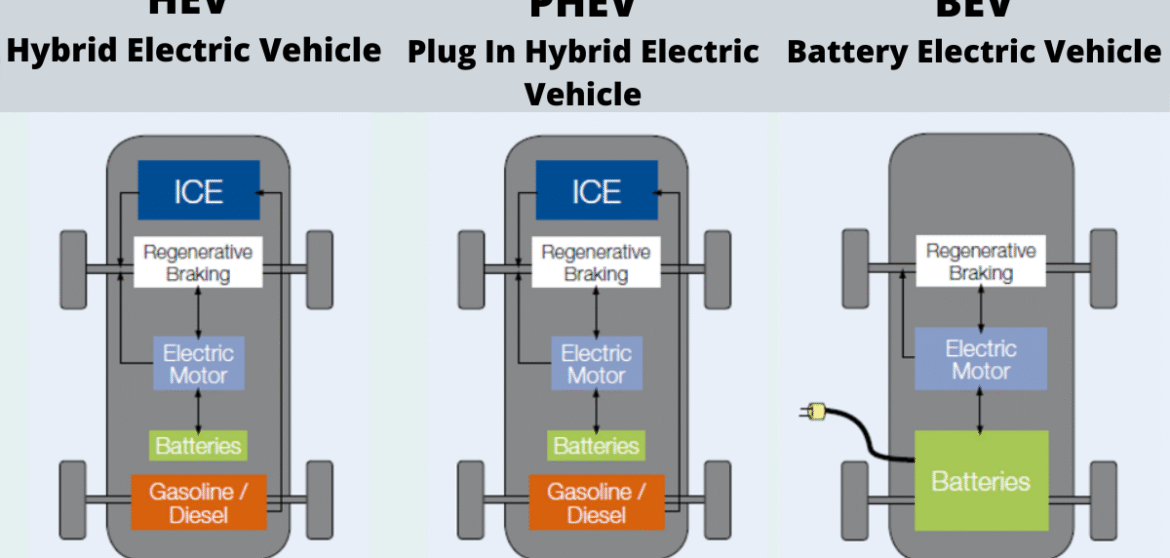Complete Guide to Types of EV Batteries: LFP, NMC, NCA & More
Electric vehicles (EVs) have become a central part of the global shift toward sustainable transportation. One of the most critical components of an EV is its battery, which determines driving range, safety, cost, and overall performance. As EV adoption grows, understanding the different types of EV batteries is essential for both consumers and industry professionals. In this guide, Drive UAE will explore the most common battery chemistries, their advantages, disadvantages, and applications.
Lithium Iron Phosphate (LFP) Batteries
Lithium Iron Phosphate, commonly known as LFP, is a popular EV battery type due to its stability and long life. LFP batteries use iron phosphate as the cathode material, which makes them inherently safer compared to other lithium-ion chemistries.
Advantages: LFP batteries offer excellent thermal stability, reducing the risk of overheating or fire. They also provide a long lifespan, often achieving 3,000 to 5,000 charge cycles. Additionally, they are cost-effective and do not rely heavily on cobalt, a material with supply and ethical concerns.
Disadvantages: The main drawback of LFP batteries is their lower energy density. This means that they store less energy per kilogram, which can result in a shorter driving range compared to other battery types.
Applications: LFP batteries are commonly used in budget-friendly EVs, city cars, and energy storage systems where safety and cost are more important than maximum range.
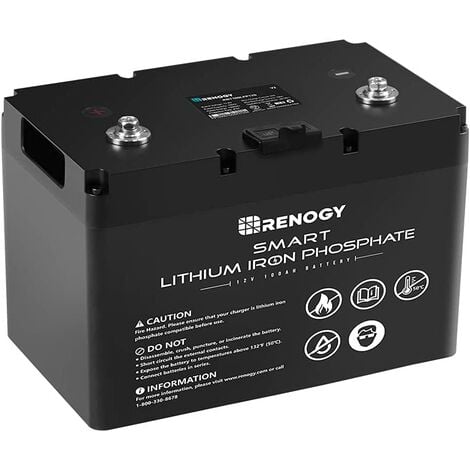
Nickel Manganese Cobalt (NMC) Batteries
NMC batteries are widely used in mid- to high-range EVs. They consist of a cathode made from nickel, manganese, and cobalt in varying ratios. The chemistry allows for a balanced combination of energy density, power output, and lifespan.
Advantages: NMC batteries offer high energy density, providing longer driving ranges and robust performance. They are efficient and support moderate fast-charging speeds, making them suitable for daily use in urban and highway conditions.
Disadvantages: NMC batteries are relatively expensive and rely on cobalt, which raises ethical and supply concerns. The cost of materials can make vehicles using NMC batteries more expensive than those with LFP batteries.
Applications: Many EV manufacturers, including Tesla (Model 3 standard range in certain regions), BMW, and Hyundai, use NMC batteries in their mid-range and premium models.
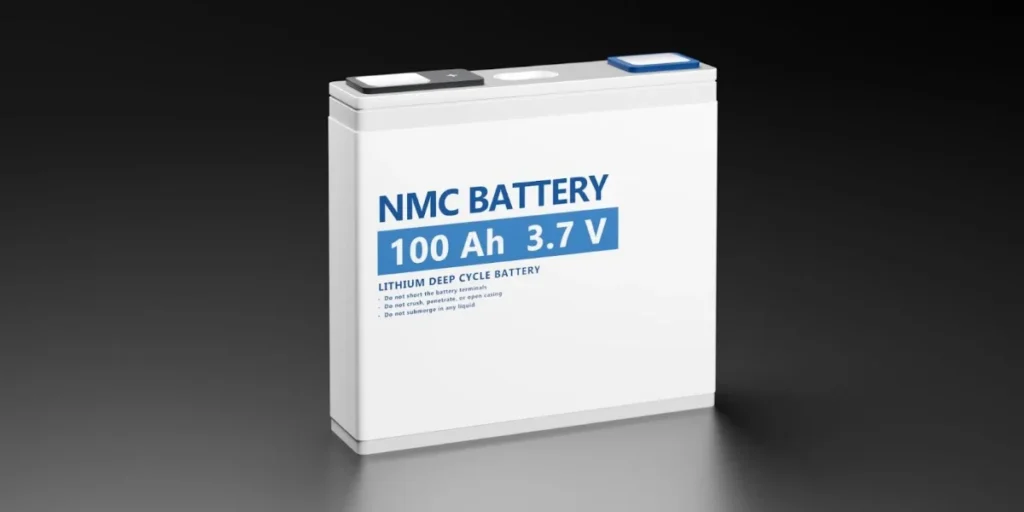
Nickel Cobalt Aluminum (NCA) Batteries
NCA batteries are another high-performance lithium-ion type, composed of nickel, cobalt, and aluminum. They are known for their high energy density and long lifespan.
Advantages: NCA batteries provide extended driving ranges, making them suitable for premium EVs. They are also durable and perform well under various temperature conditions.
Disadvantages: These batteries are costly and have limited availability compared to LFP or NMC. They also contain cobalt, which can be a challenge in terms of sourcing and price.
Applications: Tesla primarily uses NCA batteries in some of its vehicles, emphasizing performance and long-range capabilities.
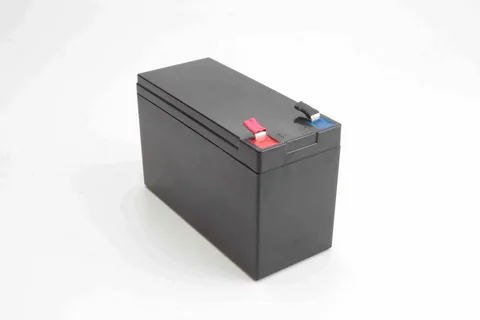
Lithium Manganese Oxide (LMO) Batteries
LMO batteries use manganese oxide as the cathode material and are recognized for their safety and thermal stability.
Advantages: The main benefit of LMO batteries is safety. They are thermally stable and less prone to overheating.
Disadvantages: LMO batteries have a lower energy density, which limits the vehicle’s driving range. Their lifespan is also shorter compared to LFP or NMC batteries.
Applications: LMO batteries are often found in power tools, hybrid EVs, and some electric cars where safety is a priority over range.
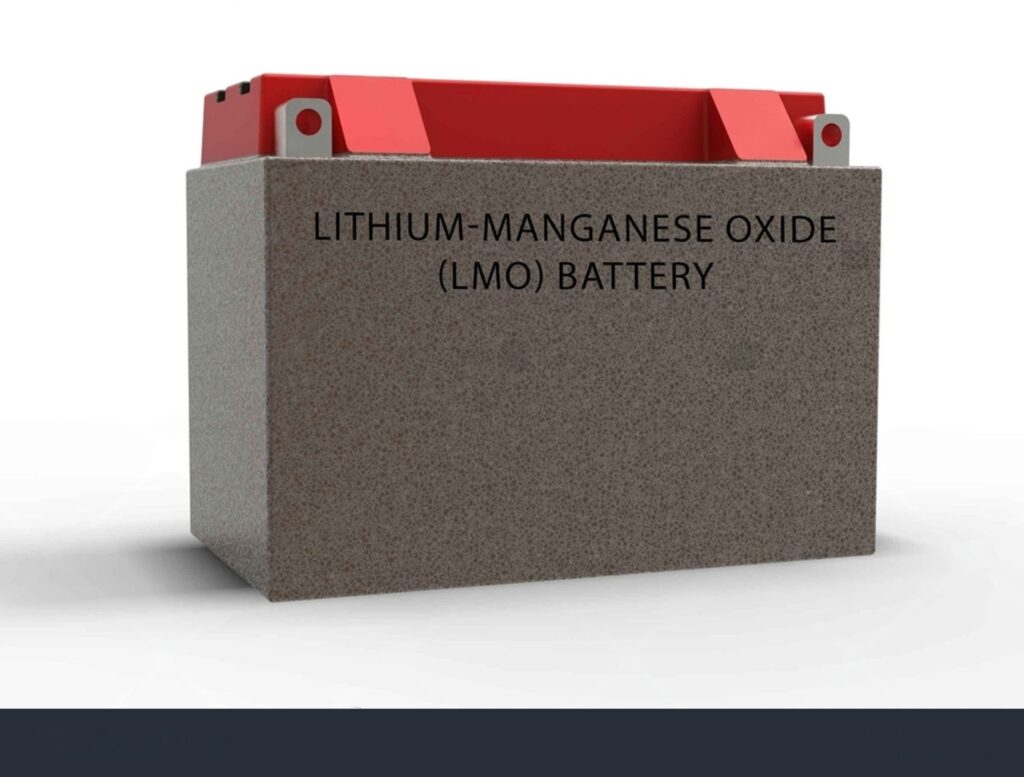
Lithium Titanate (LTO) Batteries
Lithium Titanate batteries use a lithium titanate anode, offering unique performance characteristics.
Advantages: LTO batteries provide exceptional cycle life, sometimes reaching up to 10,000 charge cycles. They also support rapid charging and operate effectively across a wide temperature range.
Disadvantages: The main drawbacks are lower energy density and higher cost compared to other lithium-ion batteries.
Applications: LTO batteries are suitable for specific use cases such as buses, rapid-charging stations, and applications where battery longevity and quick turnaround are critical.
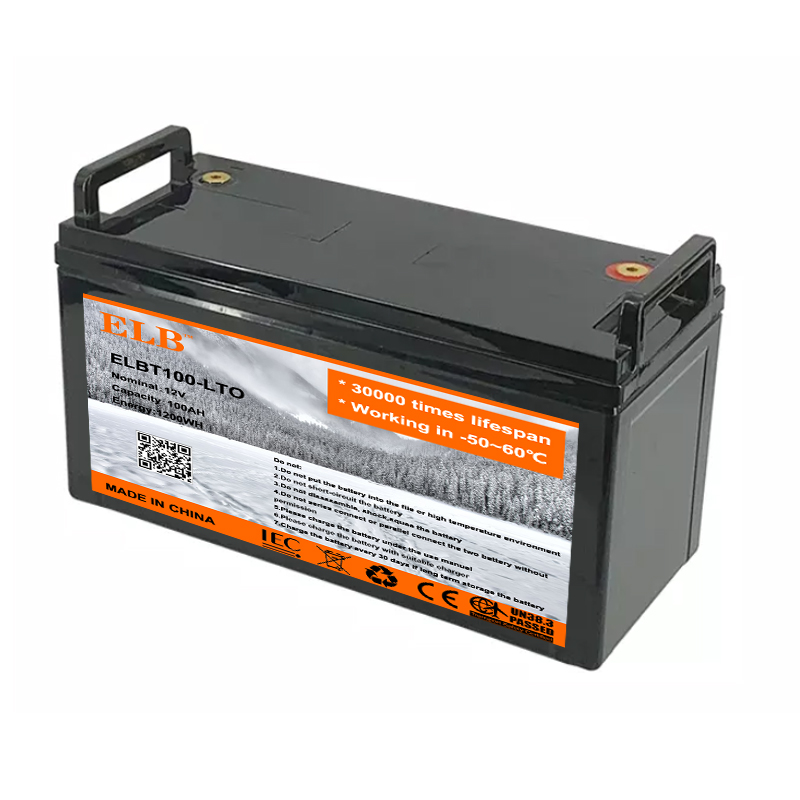
Solid-State Batteries (Emerging Technology)
Solid-state batteries are an emerging technology that replaces the liquid electrolyte in traditional lithium-ion batteries with a solid one.
Advantages: Solid-state batteries have the potential for higher energy density, improved safety, and faster charging. The solid electrolyte reduces the risk of leaks and thermal events, making them promising for future EVs.
Disadvantages: These batteries are still in the development stage and face challenges in manufacturing scalability and cost. Widespread commercial adoption is expected in the coming years but is not yet mainstream.
Applications: Solid-state batteries are anticipated to be used in next-generation EVs, especially in premium models aiming for extended range and enhanced safety.
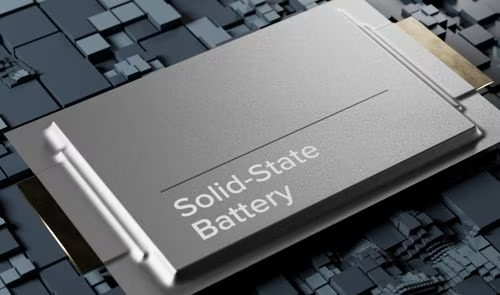
Which Electric Car Battery Is Best? Complete Comparison Guide
Understanding different electric vehicle battery technologies helps you choose the best EV for your needs. Here’s a detailed comparison of all major battery types used in electric cars today.
Quick Comparison: All EV Battery Types at a Glance
Performance & Range Comparison
| Feature | LFP | NMC | NCA | LMO | LTO | Solid-State |
|---|---|---|---|---|---|---|
| Energy Density (Wh/kg) | 90-120 | 150-220 | 200-260 | 100-150 | 70-80 | 300-500+ |
| Power Output | Moderate | High | Very High | High | Moderate | Very High |
| Real-World Range | 300-400 km | 400-600 km | 500-700 km | 200-300 km | 150-250 km | 600-800 km |
| Temperature Performance | Excellent | Good | Good | Good | Excellent | Excellent |
| Fast Charging Capability | Yes (Moderate) | Yes (Fast) | Yes (Fast) | Moderate | Yes (Very Fast) | Yes (Ultra-Fast) |
Cost & Sustainability Comparison
| Factor | LFP | NMC | NCA | LMO | LTO | Solid-State |
|---|---|---|---|---|---|---|
| Manufacturing Cost | Low | Medium | High | Low | Very High | Very High |
| Uses Cobalt | No ✓ | Yes | Yes | No ✓ | No ✓ | Minimal |
| Environmental Impact | Lower | Moderate | Moderate | Lower | Lower | Lower |
| Recyclability | High | Medium | Medium | High | High | High |
| Material Availability | Abundant | Limited | Limited | Abundant | Moderate | Developing |
Safety & Durability Comparison
| Safety Feature | LFP | NMC | NCA | LMO | LTO | Solid-State |
|---|---|---|---|---|---|---|
| Thermal Stability | Excellent | Good | Good | Excellent | Excellent | Excellent |
| Fire Risk | Very Low | Low-Medium | Low-Medium | Very Low | Very Low | Very Low |
| Overheating Protection | Built-in | Requires BMS | Requires BMS | Built-in | Built-in | Built-in |
| Lifespan (Years) | 10-15 years | 8-12 years | 10-13 years | 5-8 years | 15-20 years | 15-20 years |
| Warranty Coverage | 8-10 years | 8 years | 8-10 years | 5-7 years | 10+ years | TBD |
Which EV Battery Type Should You Choose?
Choose LFP Batteries If You:
- Want an affordable electric vehicle
- Drive mostly in the city or short distances
- Prioritize safety and long battery life
- Live in hot climate areas
- Plan to keep your EV for many years
Popular EVs with LFP: Tesla Model 3 Standard Range, BYD models, some Volkswagen ID series
Choose NMC Batteries If You:
- Need balanced performance and range
- Drive daily commutes and occasional long trips
- Want good fast-charging capabilities
- Prefer mid-range pricing
- Need reliable all-weather performance
Popular EVs with NMC: BMW iX, Hyundai Ioniq 5, many Tesla Model 3 variants, Nissan Ariya
Choose NCA Batteries If You:
- Want maximum driving range
- Take frequent long-distance trips
- Can afford premium electric vehicles
- Need high-performance capabilities
- Value fast acceleration and speed
Popular EVs with NCA: Tesla Model S, Tesla Model X, some Tesla Model 3 Performance variants
Choose LTO Batteries If You:
- Operate commercial fleets or buses
- Need extremely long battery lifespan
- Require ultra-fast charging (15-20 minutes)
- Can afford higher upfront costs
- Operate in extreme temperatures
Common Applications: Electric buses, delivery fleet vehicles, industrial equipment
Future Trends in EV Battery Technology
The electric vehicle battery industry is rapidly evolving:
- Solid-state batteries promise 50% more range and faster charging by 2027-2030
- Cobalt-free chemistries are reducing costs and environmental concerns
- Battery recycling programs recovering 95% of materials
- Second-life applications using old EV batteries for home energy storage
- Sodium-ion batteries emerging as cost-effective alternatives to lithium
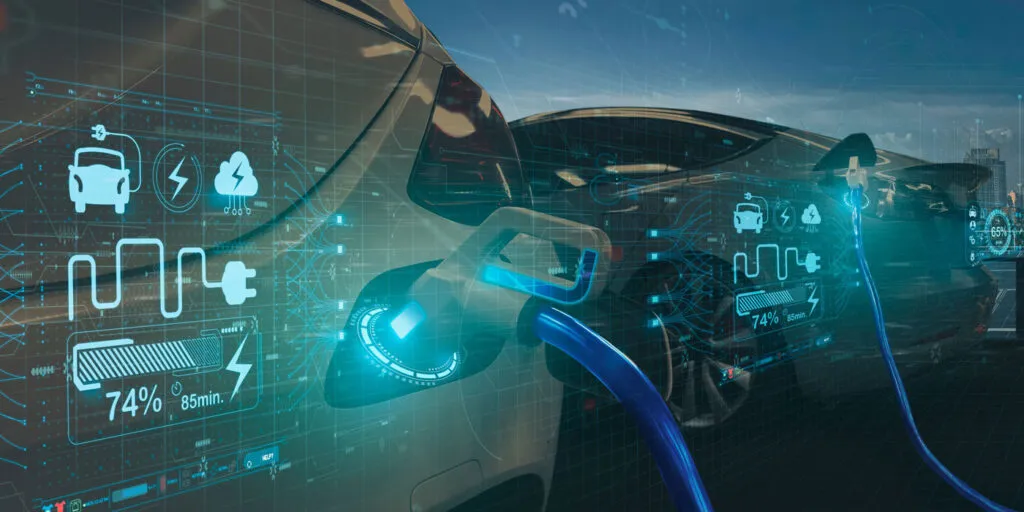
Common Questions About EV Battery Types
Q1. What’s the difference between LFP and NMC batteries?
LFP batteries are safer, cheaper, and last longer but offer lower driving range. NMC batteries provide better range and performance but cost more and contain cobalt.
Q2. Which EV battery lasts the longest?
LTO (Lithium Titanate) batteries last the longest with up to 10,000 charge cycles, followed by LFP batteries with 3,000-5,000 cycles. This translates to 15-20 years for LTO and 10-15 years for LFP.
Q3. Are LFP batteries better than NMC?
It depends on your needs. LFP is better for safety, cost, and longevity. NMC is better for driving range, power, and performance. Budget city EVs use LFP; performance EVs use NMC or NCA.
Q4. When will solid-state batteries be available?
Solid-state batteries are expected to become available in commercial electric vehicles between 2026-2030, starting with premium models from manufacturers like Toyota, BMW, and others.
Q5. Which battery type charges fastest?
LTO batteries charge fastest (15-20 minutes for 80%), followed by NCA and NMC (20-40 minutes). LFP batteries typically take 40-60 minutes for 80% charge using fast chargers.
Conclusion
Understanding the different types of EV batteries is crucial for making informed decisions about purchasing or manufacturing electric vehicles. LFP, NMC, NCA, LMO, LTO, and emerging solid-state batteries each have unique advantages, disadvantages, and ideal applications.
Battery selection depends on factors like driving range, cost, safety, and environmental considerations. With ongoing innovations in materials, design, and recycling, EV batteries are becoming more efficient, sustainable, and capable of supporting the growing global shift toward electric mobility.

